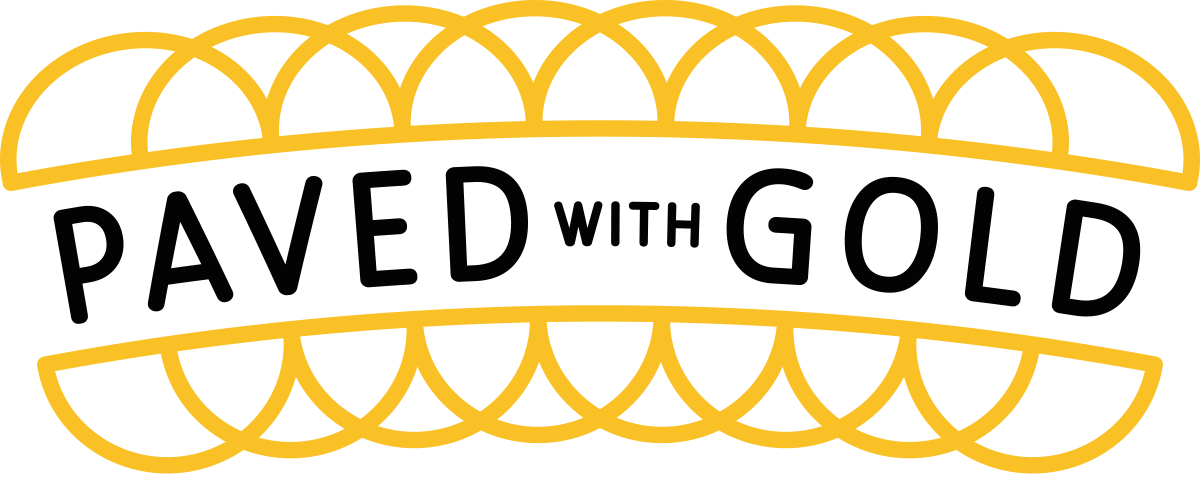Welcome to another edition of Gold Nuggets where we talk with some of our most loved makers, founders and do-ers. Digging into their stories to reveal tips, precious wisdom, and even some music to get your under-the-desk feet dancing.
We recently partnered with the Central Research Laboratory to deliver Kickstarter training sessions to the startups on their accelerator programme. We were delighted to discuss product development with Alex Peet from Central Research Laboratory, and are excited to share his fantastic advice.
Tell us about yourself and the Central Research Laboratory.
My name is Alex Peet, I’m the Product Development Lead at the Central Research Laboratory. My background is in Mechanical Engineering. Prior to CRL, I worked for Dyson developing their products, with a team of engineers.
CRL focusses on helping prototype and get products to market, be it via crowdfunding, private investment or traditional routes. We’re the first product-specific accelerator in the UK, with the biggest open access prototyping labs in London.
What’s the one thing you wish you knew in your first year?
When I came to CRL, I had just finished a two-year project leading a team of engineers to design a pretty complex product. Even though you're expected to consider the end user all the time, you're also given a pretty long list of things the product must do, which is governed by energy requirements and the competition in the market. The difference with designing a completely new product is that this list of key features is defined totally by you. This has to shift your attention to understanding your customer first, before jumping into engineering. That's something I had to learn quickly at CRL.
Top 3 tips for designing your Minimum Viable Product (MVP)?
If you’ve read ‘The Lean Startup’ by Eric Ries, it describes the MVP as the quickest, cheapest way to get a version of the product you can show to your potential customers. In product design, this can be a difficult task and there will always be some technical hurdles along the way.
Tip 1. Understand what you’re testing. Before you start making your MVP, write a list of things you’re looking to learn. For example, if you expect the customer to use your product in a certain way, you can create a quick prototype with interaction points, in the rough shape you’ve envisaged, explain to someone what it’s going to do, and ask them to use it, without explaining how.
Tip 2. Simplify. When you’re designing a product it can be tempting to keep adding feature after feature. The trick is to understand what the core offering of the product is and execute that well. One of the startups we’re working with at the moment is designing a coworking space management system. The MVP we’re developing together does one thing: it allows you to book meeting rooms. The plan is to execute that well and add features only when the customer demands it (and you’ll know when that is because you won’t stop hearing about it). I would recommend the book Rework by Jason Fried, designer of BaseCamp to read more on reducing product features.
Tip 3. Don’t be afraid to show an unfinished product. Crowdfunding sites are a great example of how transparency can get people on board with the product creation process. By working with your customer, you’ll be able to get real feedback on a lot of things you weren’t expecting because the product is in a changeable state. The other great litmus test is that if the prototype goes down well with your target users, even in an unfinished state, you know you’re onto a winner.
What was the best bit of advice you were given and who gave you it?
Oh man, this is getting deep. I think the bit of advice that resonated with me most was given to me by my Dad, when I say advice, it was more of a bollocking! I was 15, just before my GCSEs, I think I came home from school and told him I didn’t care about school or any of the subjects I was studying. He preceded to explain to me that if I want to join the ‘bums and losers’ out in the world, then carry on thinking that. It’s the people that care about the things they’re doing or trying to achieve, are the ones that get places. Pretty heavy advice for a fifteen-year-old, but it actually made a big difference, and since then I’ve put a lot more effort into everything I do, and so far, it’s paid off.
What’s your ambition for CRL?
My ambition for CRL is the same ambition for the UK startup scene as a whole, to consistently produce world-class product-based businesses. What we can do to help that, is bring together the best minds to provide the right support to make that happen.
What song motivates you at CRL and why?
Well, it’s an album actually: Bowie’s ‘Ziggy Stardust and Spiders from Mars’. It’s an amazing album and the vinyl was pressed in Hayes, in the old EMI headquarters where CRL is based.


